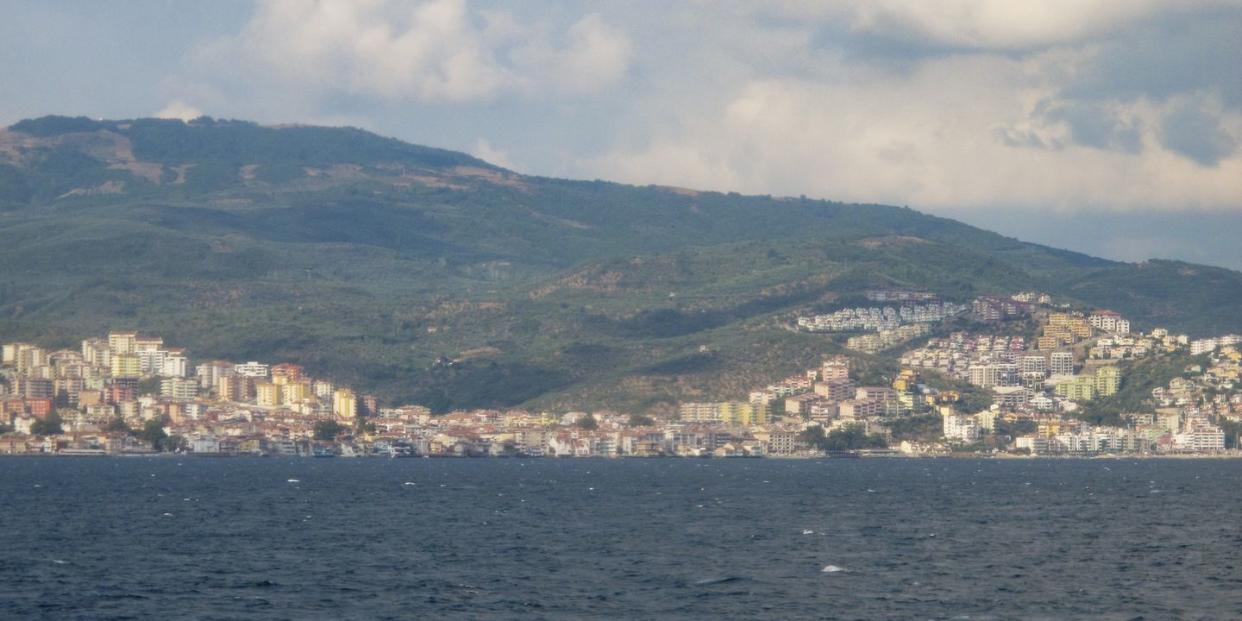An Earthquake Shook Istanbul for 50 Days—And Almost No One Noticed

On June 26, 2016, an earthquake hit the Sea of Marmara, just outside of Istanbul, Turkey. It wasn't until 50 days later that it finally stopped. At the time, no one knew it was even happening. The earthquake is called a ‘slow slip’ event, and these types of quakes might be able to forecast more damaging quakes in the future.
All earthquakes are have the same basic cause: tectonic plates slipping and sliding against each other. These pieces of the Earth’s crust are always moving, and occasionally when they bump into each other, they get stuck. When that happens, the pressure keeps building up until something gives and all that energy is released at once.
That’s how it works for a regular earthquake, but as we now know, that’s not the only type of earthquake our planet can produce. That earthquake energy can also be released gradually, through a slow slip process that can take weeks, months, or even years. Since the energy is released much more slowly, no one on the surface even knows it’s happening unless dedicated instruments are set up to measure it.
That’s what happened in Turkey in 2016. A fault line running underneath the Sea of Marmara slipped, leading to a slow slip event that lasted until mid-August. A group of researchers happened to have sensitive earthquake measuring equipment set up in the area and recorded the whole thing. But the details of the slow slip event in Turkey-and in other areas around the world-remains somewhat of a mystery.
It’s possible that small regular earthquakes can trigger slow slips; in fact, Turkey’s slow slip in 2016 was preceded by an earthquake of magnitude 4.4. But it’s also possible that slow slips might trigger big earthquakes. For instance, the Tohoku earthquake in Japan, one of the largest earthquakes ever recorded, happened soon after a slow slip event began in the same area. There’s a good chance the slip managed to trigger the earthquake.
If that’s the case, we could use slow slip events to predict major earthquakes days or weeks before they happen, saving countless lives. But right now, so little is known about slow slips that scientists aren’t sure how to use them to predict quakes, or even if such a thing is possible. It will likely take many more years of studying slow slips before we finally have an answer.
Source: National Geographic
('You Might Also Like',)

